Diarrhea in parrots is one of the most frequent complaints bringing pet bird owners to the veterinarian. Owners often notice loose droppings and worry about their feathered friend’s health, but not all watery droppings indicate true diarrhea in parrots. Distinguishing it from polyuria—increased urine production—is crucial, as misdiagnosis can delay proper treatment and worsen the condition. This guide breaks down the physiology, common causes, and diagnostic steps to help parrot owners and vets identify and address the issue effectively.
Parrots, like many birds, have a unique cloacal anatomy where digestive, urinary, and reproductive wastes exit through a single opening called the cloaca. Divided into coprodeum (for feces), urodeum (for urates and urine), and proctodeum, normal droppings consist of solid feces (often green), white urates, and clear urine. True diarrhea involves loose or liquid feces, while polyuria shows excess clear urine with normal feces consistency. Failing to differentiate can lead to overlooking serious issues like renal disease or diabetes.
Common Causes of True Diarrhea vs. Polyuria in Parrots
Before treatment, vets must rule out polyuria, which mimics diarrhea but stems from urinary overload. Here’s a comparison of differentials:
| True Diarrhea Causes | Polyuria Causes |
|---|---|
| Diet changes | Excessive fruit |
| Chlamydiosis (Psittacosis) | Pellet diet switch |
| Bacterial/fungal/parasitic enteritis | Stress |
| Macrorhabdus ornithogaster | Hypocalcemia |
| Liver disease | Kidney disease |
| Heavy metal toxicity (zinc/lead) | Diabetes mellitus |
| Proventricular dilatation disease (PDD) | Systemic infections |
| Heavy metal toxicity | Reproductive activity |
| Reproductive activity |
This table highlights why a thorough history, including recent diet or environment shifts, is essential. Physical exams often reveal clues like dehydration or weight loss.
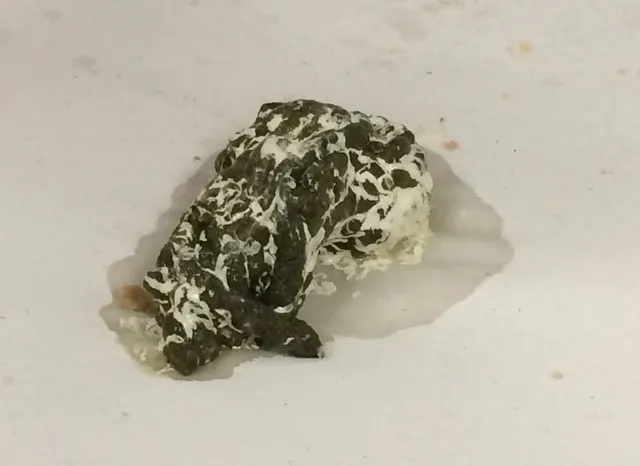 Normal parrot dropping showing feces, urates, and urine components
Normal parrot dropping showing feces, urates, and urine components
A normal parrot dropping features solid green feces, white urates, and minimal transparent urine. In contrast, true diarrhea appears as watery, unformed feces, often without distinct separation.
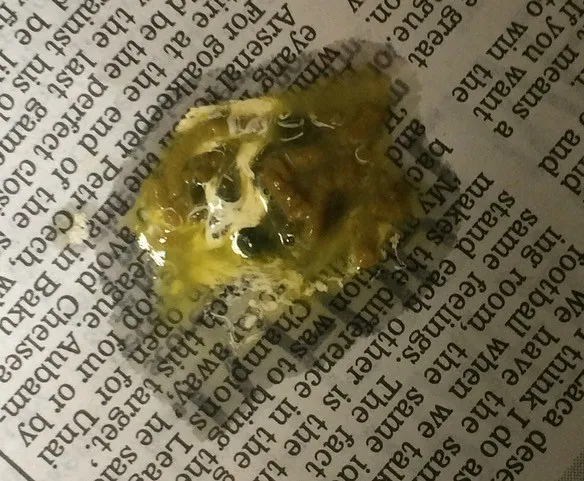 Blue-fronted Amazon parrot dropping exhibiting true diarrhea
Blue-fronted Amazon parrot dropping exhibiting true diarrhea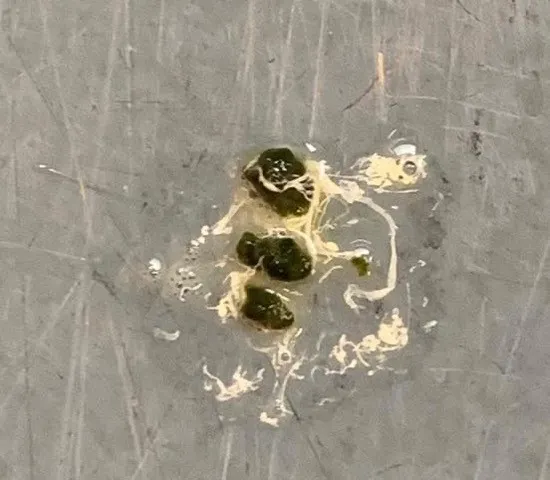 Blue and gold macaw dropping with excessive urine indicating polyuria
Blue and gold macaw dropping with excessive urine indicating polyuria
Dietary Influences on Parrot Droppings
Diet is a leading trigger for changes in droppings consistency. Species like lories and lorikeets naturally produce softer feces due to fruit-nectar diets high in water. Parrots on varied diets—pellets, veggies, fruits—often have softer stools than seed-fed birds, as seeds are fat-rich and nutrient-poor (lacking calcium, vitamins A and E).
Sudden diet changes, like switching to pellets, can cause temporary loose droppings lasting 48-72 hours. Advise owners to monitor closely; persistent issues warrant vet visits. For gut health support during transitions, consider probiotics for birds, which help restore microbial balance amid stress or antibiotics.
Owners should prioritize species-specific nutrition: more water-rich foods soften feces naturally. Seed diets should be phased out to prevent deficiencies contributing to digestive upset.
Enteritis and Infectious Causes
Enteritis from bacteria, fungi, parasites, or viruses disrupts gut flora, often triggered by stress, antibiotics, or poor hygiene. Faecal cytology is key: expect 70% Gram-positive rods, 25% Gram-positive cocci, and few yeasts in healthy samples. Abnormal overgrowth signals issues like candidiasis, where Candida albicans proliferates in young or immunocompromised birds.
Macrorhabdus ornithogaster, a yeast mistaken for “megabacteria,” appears as long Gram-positive filaments on cytology and commonly affects budgerigars but other parrots too.
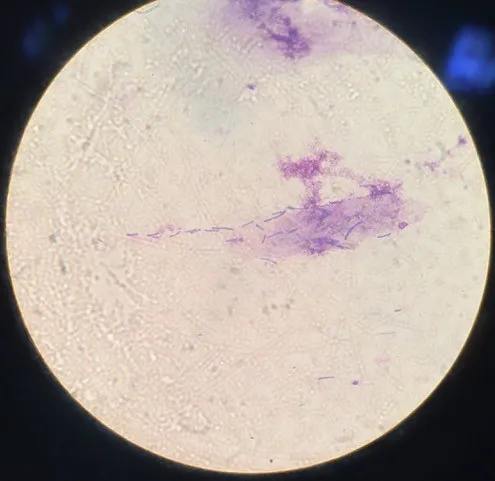 Long filamentous Gram-positive organisms from budgerigar fecal cytology consistent with Macrorhabdus ornithogaster
Long filamentous Gram-positive organisms from budgerigar fecal cytology consistent with Macrorhabdus ornithogaster
Parasitic enteritis is rarer but risks free-flight or aviary birds. Use zinc sulfate flotation or wet mounts for detection.
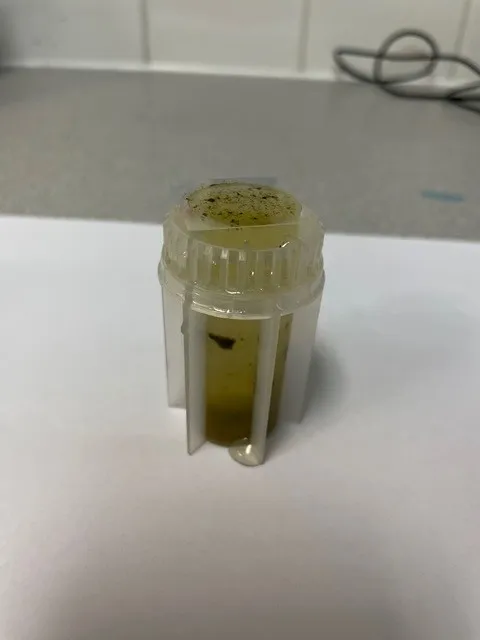 In-house fecal flotation using zinc sulfate to identify parasites
In-house fecal flotation using zinc sulfate to identify parasites
Bacterial culprits include Salmonella, E. coli, and others; culture confirms and guides antibiotic choice. Hygiene audits prevent recurrence.
Psittacosis and Proventricular Dilatation Disease
Chlamydophila psittaci causes psittacosis, presenting with green/yellow diarrhea alongside respiratory signs. Zoonotic and latent, it spreads intermittently; diagnose via PCR, serology, or radiographs showing air sacculitis. Tetracyclines treat it effectively.
PDD, from avian bornavirus, dilates the proventriculus, causing undigested seeds, diarrhea, and wasting. Radiographs confirm dilatation; biopsy proves nerve inflammation. Transmission occurs via contact; no cure exists, though prokinetics offer palliation.
Diagnosis and Management Steps
Start with husbandry review and exam. For true diarrhea, perform Gram stains, flotations, cultures, and PCR as needed. Transient cases may resolve with diet tweaks, but persistent ones demand investigation. Vets draw from sources like Doneley (2016) and Chitty (2018) for evidence-based protocols.
Conclusion
Addressing diarrhea in parrots begins with confirming true diarrhea over polyuria through visual assessment and tests. From diet tweaks to tackling infections like psittacosis or PDD, early intervention saves lives. Consult avian vets promptly for tailored plans, and maintain balanced nutrition for optimal health. Share your parrot care experiences in the comments!
References:
- Hatt, J.M. (2018). Veterinary Practice.
- King, A.S., McLelland, J. (1984-1985). Bird Biology.
- Doneley, B. (2016a,b). Avian Medicine.
- Chitty, J. (2018). Faecal Analysis in Birds.
- Lierz, M. (2005). Psittacosis Review.
- Sandmeier, P. (2016). Parrot Diseases.
- Hoppes, S., Shivaprasad, H.L. (2020); Escandon et al. (2019). PDD Studies.
